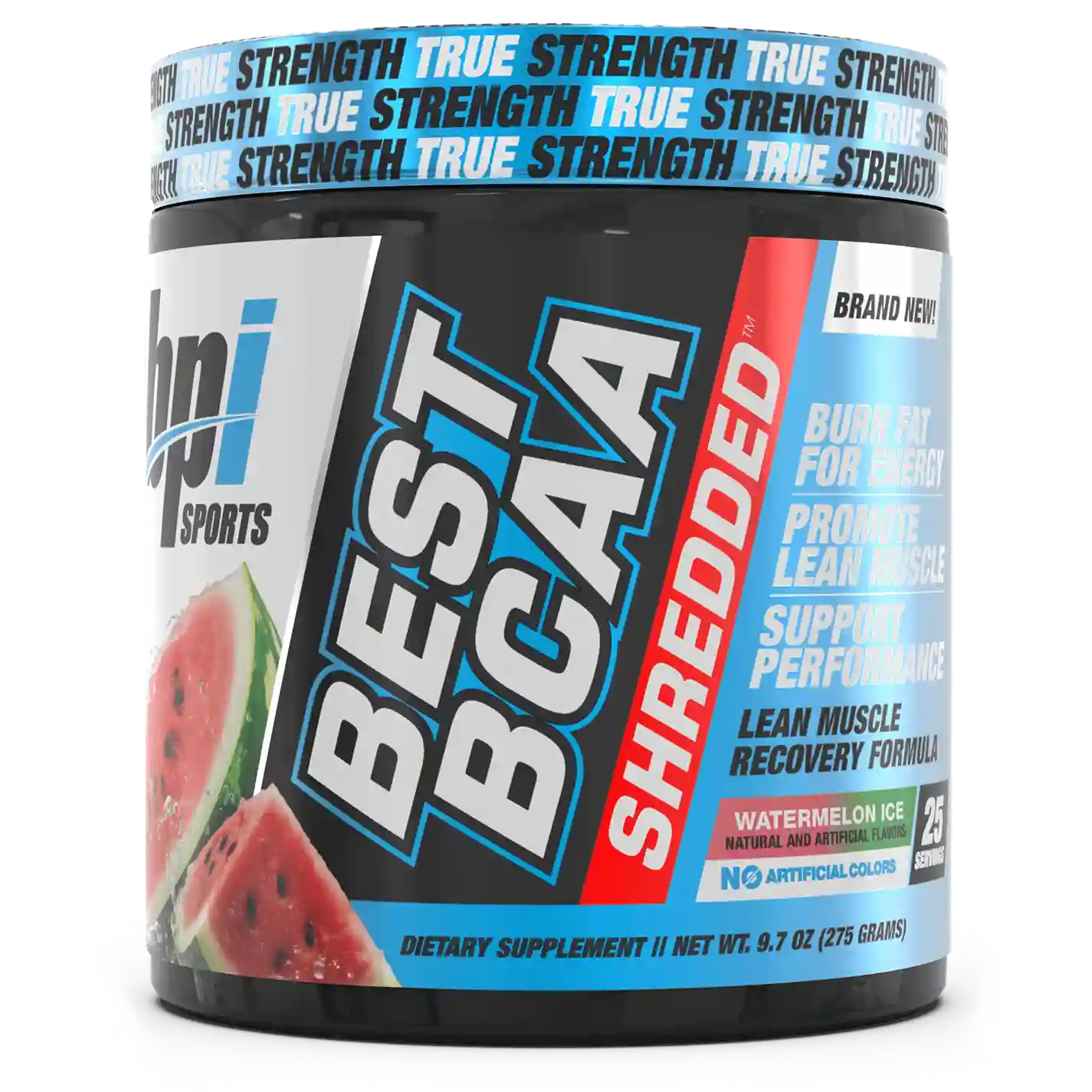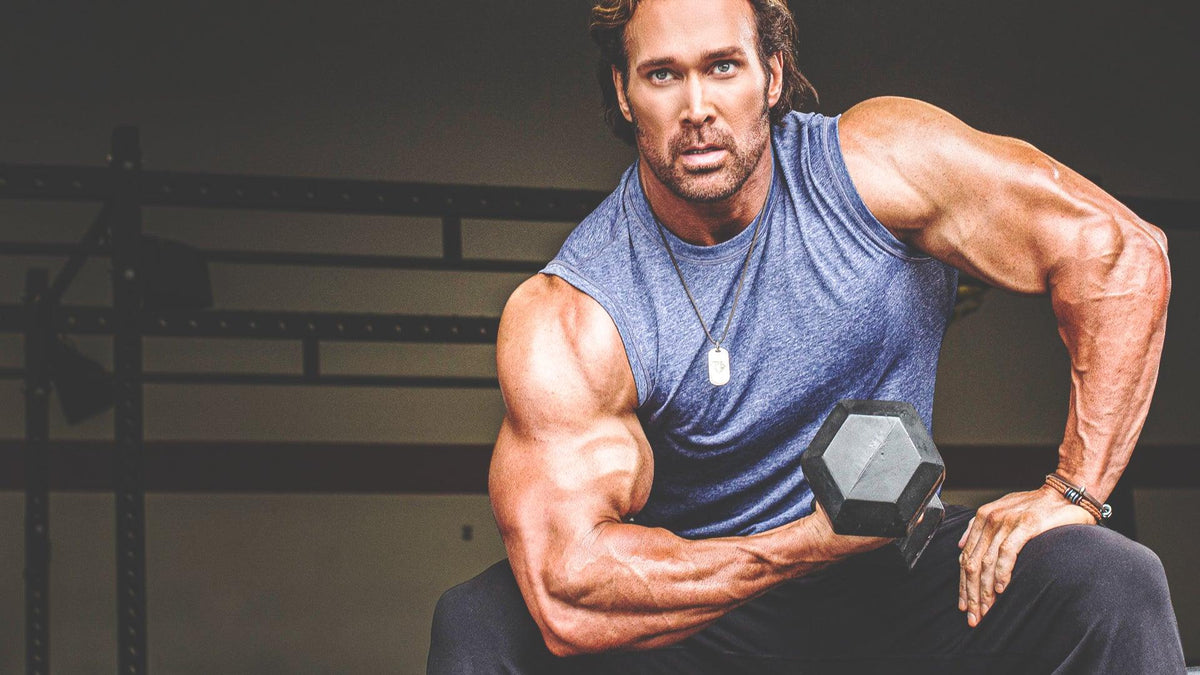Picture your mom or grandfather, who do not know much about gym life, describing someone muscular… I will bet they’d say something like, “I saw this Mike O’Hearn guy on the internet, you know, that weightlifter guy who’s all pumped-up looking…”
“Pumped-up”… It is a phrase that instantly invokes images of swollen muscles with veins running through them. In truth, there is so much more to the pump than just aesthetics. Let me offer this definition of what exactly a muscle pump is from the most famous bodybuilder ever, Arnold Schwarzenegger:
“Let’s say you’re training your biceps, blood is rushing into the muscles… your muscles get a really tight feeling like your skin is going to explode at any minute, it’s like someone is blowing air into your muscles and it just blows-up. It feels different, it feels fantastic…”
Arnold then goes on to compare the satisfaction of a muscle pump to some of the best feelings human biology has to offer, but I’ll omit that part of the quotation. (LOL)

GETTING TO KNOW VASODILATION AND HYPERAEMIA
While Arnold’s definition is fun and entertaining, let me offer up a slightly more scientific look at things. Basically, to meet the substantial increase of oxygen demand of skeletal muscles during exercise, blood flow to contracting muscles increases.
The clinical term for this is “hyperaemia,” which is defined on PubMed as “the process by which the body adjusts blood flow to meet the metabolic needs of its different tissues.” The next term to get familiar with is “vasodilation,” which is defined in medical journals as “the widening of blood vessels to enhance blood flow to areas of the body that are lacking oxygen and/or nutrients.”
In short, the demands of exercising require more blood flow into the working muscles to help bring in oxygen and nutrients and to escort out waste products. The increased blood flow often results in a swollen look, so your grandpa’s statement that weightlifters look all “pumped-up” was spot on and rooted in science.
Since pumped-up muscles both enhance your workout capabilities and are aesthetically desirable, the next step is to look for nutrients which help the body maximize the pump. With that in mind, let me share the three favorite nutrients I use to help get that pumped feeling.

Citrulline is at the top of my list. According to WebMD, “Citrulline is a substance called a non-essential amino acid. Your kidneys change L-citrulline into another amino acid called L-arginine and a chemical called nitric oxide. These compounds are important to your heart and blood vessel health. They may also boost your immune system.”
Interestingly, in my recollection of supplement industry history, it was products launched in the early 2000s containing arginine that sparked the creation of the entire pre-workout category. Over the years the category has skewed towards energy, but it was the promise of vasodilation that lured in fitness enthusiasts. I remember reading article after article and seeing ad after ad boasting about “skin-tearing pumps” and “enhanced blood-flow.” Vasodilation was practically a household word, and believe me, the pump was real!
Aside from having a great marketing message, there are several articles published by the US National Institutes of Health (NIH) showing evidence that citrulline “has been shown to increase protein synthesis by stimulating an important signaling pathway involved in muscle building;” therefore, looking more jacked during the workout combined with potentially driving protein synthesis to build muscle during the recovery phase is a great one-two punch to convince me that citrulline is a must-have ingredient.

Next on my list of favorite pump helpers is an ingredient called glycerol (or glycerol monostearate). I have seen glycerol referred to as “the ultimate non-stim pre-workout” ingredient. Even though there are no energy expectations, people love to consume it before hitting the gym. In fact, the website of a leading glycerol raw material manufacturer describes using glycerol as “a convenient way to deliver that all-important pump sensation to athletes engaged in power lifting and body building or regular gym goers looking for an edge.”
I can remember back in my college days when my friends who ran marathons were among the first athletes that I knew who consumed glycerol; they believed it helped them achieve “hyper-hydration.” When it came to “the pump” benefits, that was the message I conveyed; it’s all about hydration. However, when referencing glycerol’s effects on hydration, I did not look at it the same way as these endurance athletes. Let me break this down for you. Your muscles are comprised primarily of water; in fact, when properly hydrated, 79% of muscle mass is comprised of water (according to Google statistics). Now let’s go back to Arnold’s quote about the pump, “It’s like someone is blowing air into your muscles and it just blows-up.” You do not need to be a scientist to know it is not air inflating the muscles! So, if glycerol can help the muscles retain more water, making them look and feel fuller and more “pumped” looking, then it deserves a place in my pump strategy!

Now that you know the two nutrients and ingredients that help increase blood flow and vasodilation and that help pump water into our muscles, I’m going to give you my third and final recommended ingredient to help give you that pumped-up look and feel. My final (and favorite) nutrient for achieving a great muscular pump is creatine. Creatine is one of the oldest ingredients in the modern supplement era, but I feel like creatine has lost its sex-appeal simply because it has been around for so long.
I want to tell you this though; in my personal experience training religiously since I was in the 7th grade back in 1985, nothing has helped me gain strength more than creatine. I also have never seen a product hit the supplement and sports nutrition market make such an impact and endure for so many decades as creatine. Eventually I will do a blog entirely on creatine but until then, you’ll just have to trust me when I tell you that creatine is, in my opinion, the greatest tool commercially and legally available to strength athletes.
A FEW EXTRA INGREDIENTS TO LOOK FOR IN YOUR PRE-WORKOUTS AND AMINOS
Before I wrap things up here, I want to give a few honorable mentions to some other great nutrients like beetroot, trimethylglycine (TMG), himalayan pink salt, and l-aspartic acid. If you see these on the label of any pump products, you are heading in the right direction.
It is still important to keep in mind that best supplements and micronutrients can really have an impact, the key to having that “pumped-up” look and feel is to focus on your general fitness and maintain a healthy body composition. As a lifelong wannabe bodybuilder, I have always maintained a relatively low bodyfat percentage while being focused on building and maintaining the maximum amount of muscle. This has put me in a position to really see the different versions of my physique with a muscle-pump vs. without. And like Arnold said, it feels fantastic when that pump is in full effect!



